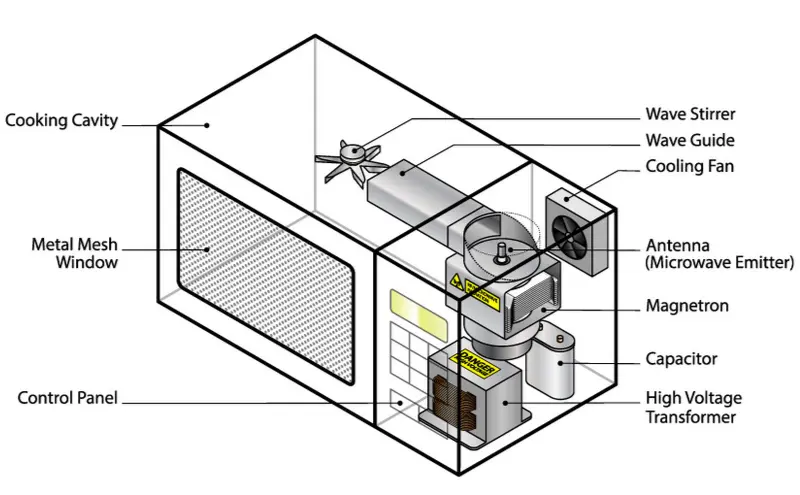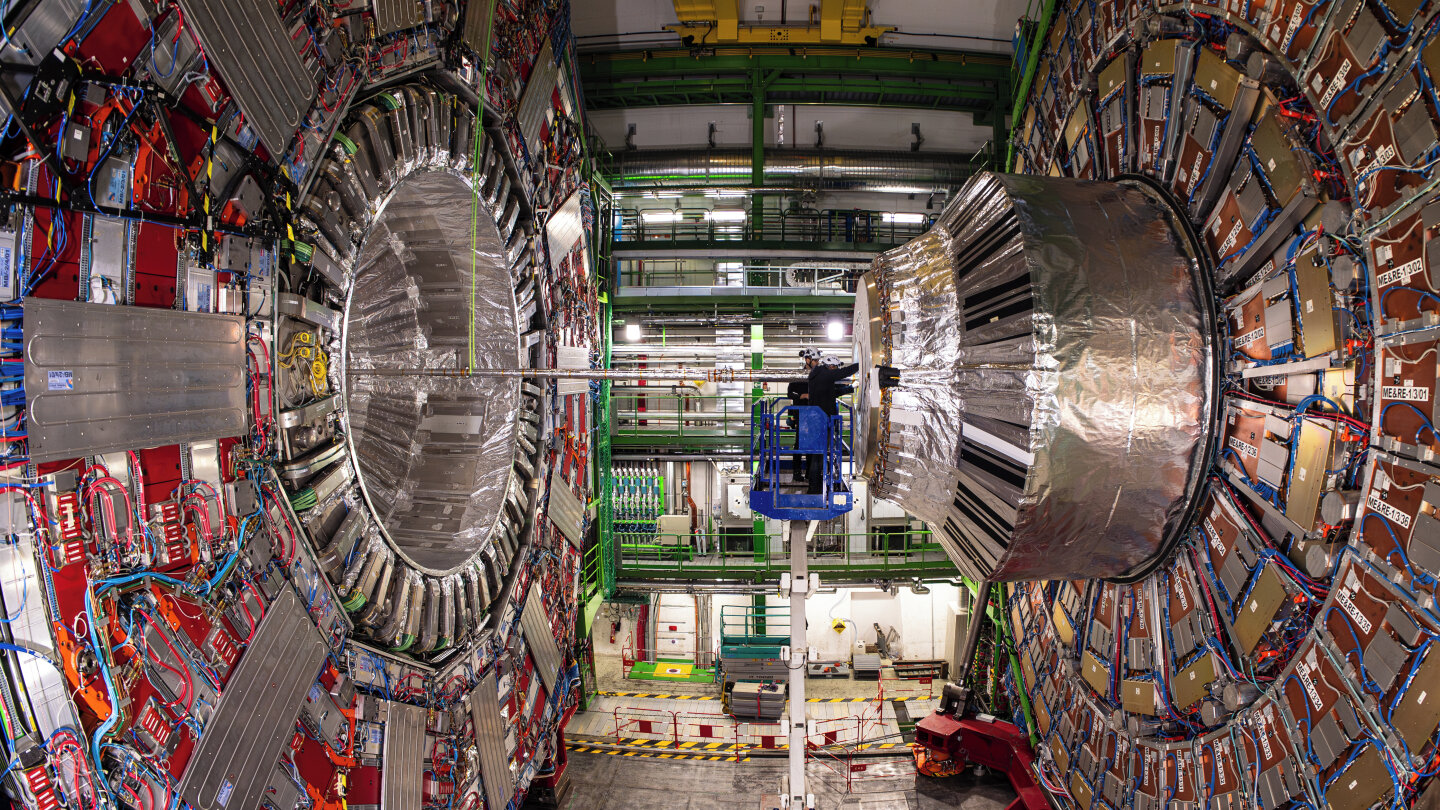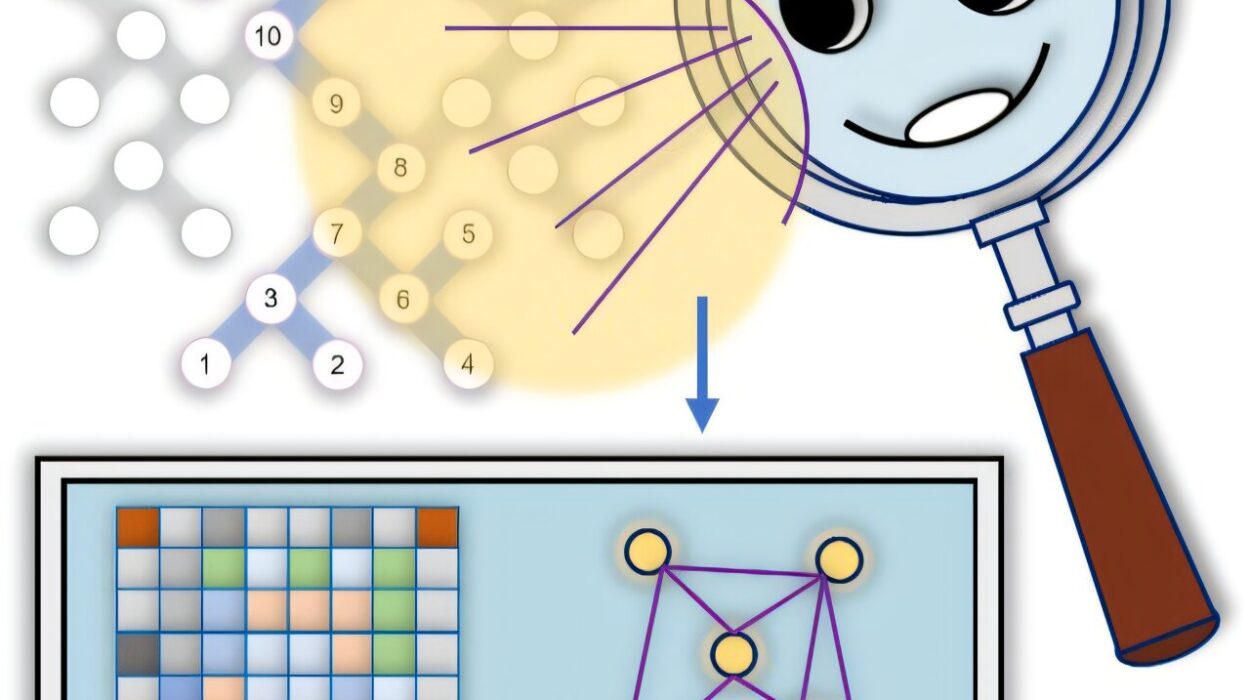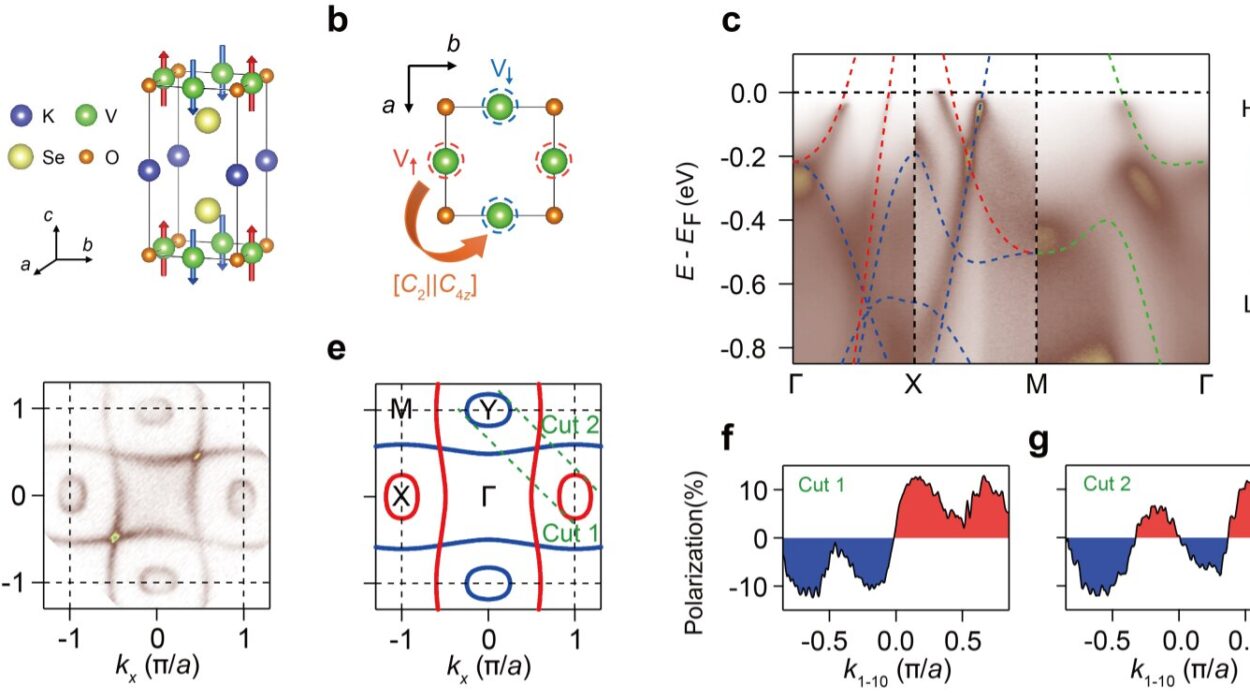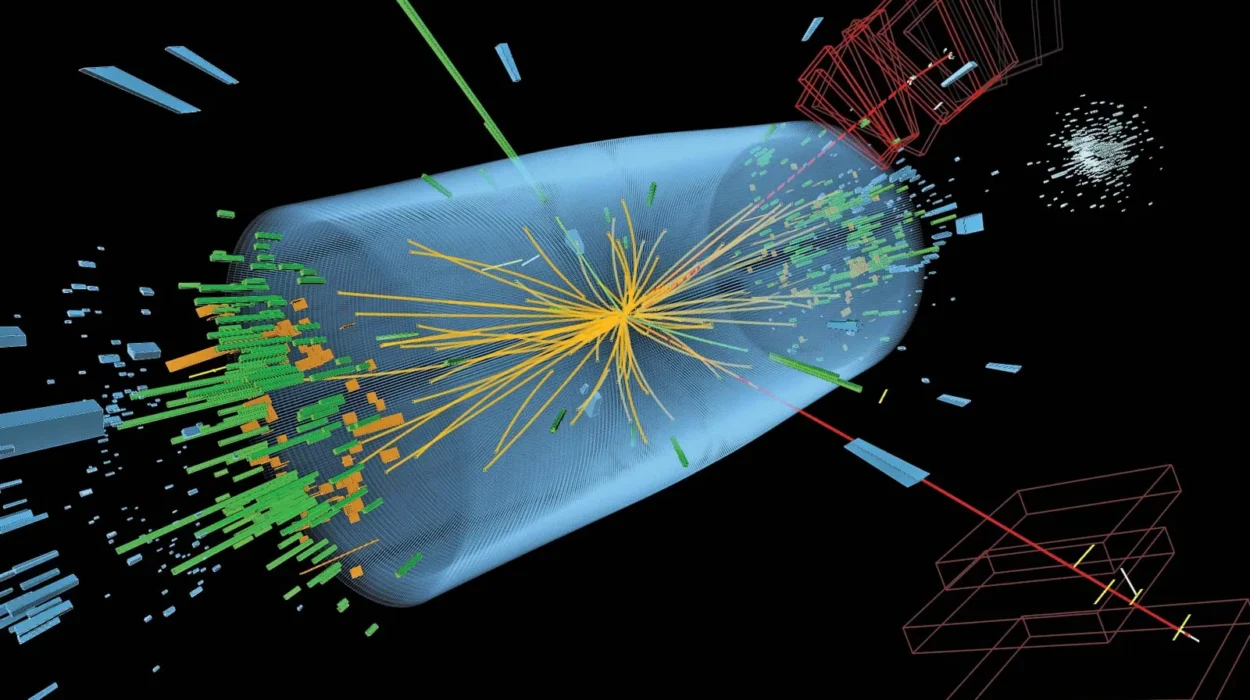The enigmatic nature of quantum mechanics has puzzled scientists and philosophers for over a century. Now, engineers at UNSW Sydney have taken a bold step forward by recreating a famous quantum thought experiment, the “Schrödinger’s cat,” in a tangible and scientific context. Their groundbreaking research, published in Nature Physics, offers a novel and resilient approach to quantum computation and addresses one of the most significant challenges in the field: error correction.
This development marks a significant leap in quantum technology, moving theoretical ideas closer to practical application and paving the way for scalable quantum computing.
Schrödinger’s Cat and Quantum Mechanics
The Schrödinger’s cat thought experiment, proposed by physicist Erwin Schrödinger in 1935, serves as a metaphor to explain superposition—a fundamental principle in quantum mechanics. In this scenario, a cat inside a sealed box is simultaneously alive and dead until an observer measures its state. This paradox exemplifies the dual states possible in quantum systems.
However, until now, scientists have only used the “Schrödinger’s cat” concept metaphorically to describe quantum phenomena. UNSW’s team has effectively translated this abstraction into a real-world experiment, employing the nuclear spin of an atom to demonstrate a superposition on a larger and more intricate scale.
The Atomic Cat: Antimony as a Quantum Player
In this research, the UNSW team used antimony, a heavy atom with a substantial nuclear spin—a measure of its angular momentum and associated magnetic dipole. Unlike standard qubits, which typically have two states (representing binary 0 and 1), the antimony atom boasts a nuclear spin capable of adopting eight distinct orientations.
“Antimony’s complexity transforms the behavior of the system, allowing us to explore superpositions with greater nuance,” explains Xi Yu, lead author of the paper.
These quantum states are not simply “spin up” or “spin down”; they are separated by multiple intermediary states. This architecture greatly enhances the robustness of quantum encoding, offering a key advantage over traditional two-state qubits.
Robustness in Quantum Error Correction
Quantum computers are inherently fragile systems. A minor disturbance, or “quantum noise,” can cause errors that scramble information encoded in qubits. However, the antimony atom’s multi-state nature fundamentally changes the error dynamics.
Using a metaphor inspired by the Schrödinger’s cat experiment, the researchers describe “0” as a “dead cat” and “1” as an “alive cat.” Unlike conventional qubits, a single error in an antimony-based quantum system does not immediately flip the state from 0 to 1.
“A single scratch won’t kill our quantum cat,” says Yu. “It takes seven consecutive errors to transform one state into another, providing a safety buffer in quantum computation.”
This enhanced resilience introduces a more robust framework for detecting and correcting errors before they can cascade into catastrophic failures—an essential feature for achieving reliable quantum computation.
The Silicon Connection: Scaling the Technology
The researchers embedded the antimony atom within a silicon chip, leveraging existing semiconductor technology for precision and scalability. This choice was not arbitrary. Silicon, the backbone of conventional electronics, offers an established manufacturing ecosystem that could be adapted for quantum devices.
“This integration provides exquisite control over the atom’s quantum state, making it possible to manipulate and read quantum information reliably,” says Dr. Danielle Holmes, who fabricated the silicon chip.
Moreover, this compatibility with current chip fabrication techniques hints at the potential for scaling quantum computers. By embedding these “quantum cats” into silicon-based platforms, researchers can envision a future where quantum technologies are mass-produced using methods similar to today’s semiconductor industry.
Detecting and Correcting Errors
Error correction has long been considered the Achilles’ heel of quantum computing. Classical computers rely on robust error correction techniques, but quantum systems, governed by the delicate nature of superposition and entanglement, pose far greater challenges.
By exploiting the “extra lives” of the antimony atom, the UNSW team has taken an essential step toward solving this problem. If an error occurs—analogous to the quantum cat returning home with a scratch—engineers can detect it, trace its origin, and correct it before it multiplies into a fatal error.
“The significance of this approach is that minor disturbances won’t destroy the encoded quantum information,” says Professor Andrea Morello, who led the research team. “We can monitor and fix errors dynamically, ensuring the system remains functional.”
A Global Effort
This achievement underscores the collaborative nature of modern scientific breakthroughs. The UNSW team partnered with researchers from the University of Melbourne, NASA Ames, Sandia National Laboratories, and the University of Calgary to fabricate devices, model theoretical concepts, and validate experimental results.
“This success highlights the importance of international collaboration, where each team brought unique expertise to solve a complex problem,” Prof. Morello adds.
Implications for Quantum Computing
The UNSW team’s demonstration has far-reaching implications for the future of quantum computing. By achieving quantum error detection with a multi-state atomic system, the researchers have provided a roadmap for building more resilient quantum devices.
Their findings also challenge conventional wisdom about how quantum information should be encoded, showing that complex systems like antimony offer unique advantages in combating quantum noise. This innovation not only strengthens the foundations of quantum error correction but also opens new avenues for creating scalable, high-performance quantum processors.
The Road Ahead
As quantum computing transitions from theoretical models to experimental reality, breakthroughs like these mark a pivotal moment in the field. The ability to manage quantum errors effectively and integrate quantum systems into silicon-based chips brings humanity one step closer to building practical, large-scale quantum computers.
“The journey is far from over, but this work brings us closer to realizing the potential of quantum technologies,” concludes Prof. Morello. “Our ‘quantum cat’ is alive and well, and ready for the next big leap.”
With their atomic Schrödinger’s cat, the UNSW team has illuminated a path forward in one of the most challenging and exciting areas of modern science—a step that promises to transform computation, cryptography, and even our understanding of the universe.
Reference: Nature Physics (2025). DOI: 10.1038/s41567-024-02745-0

